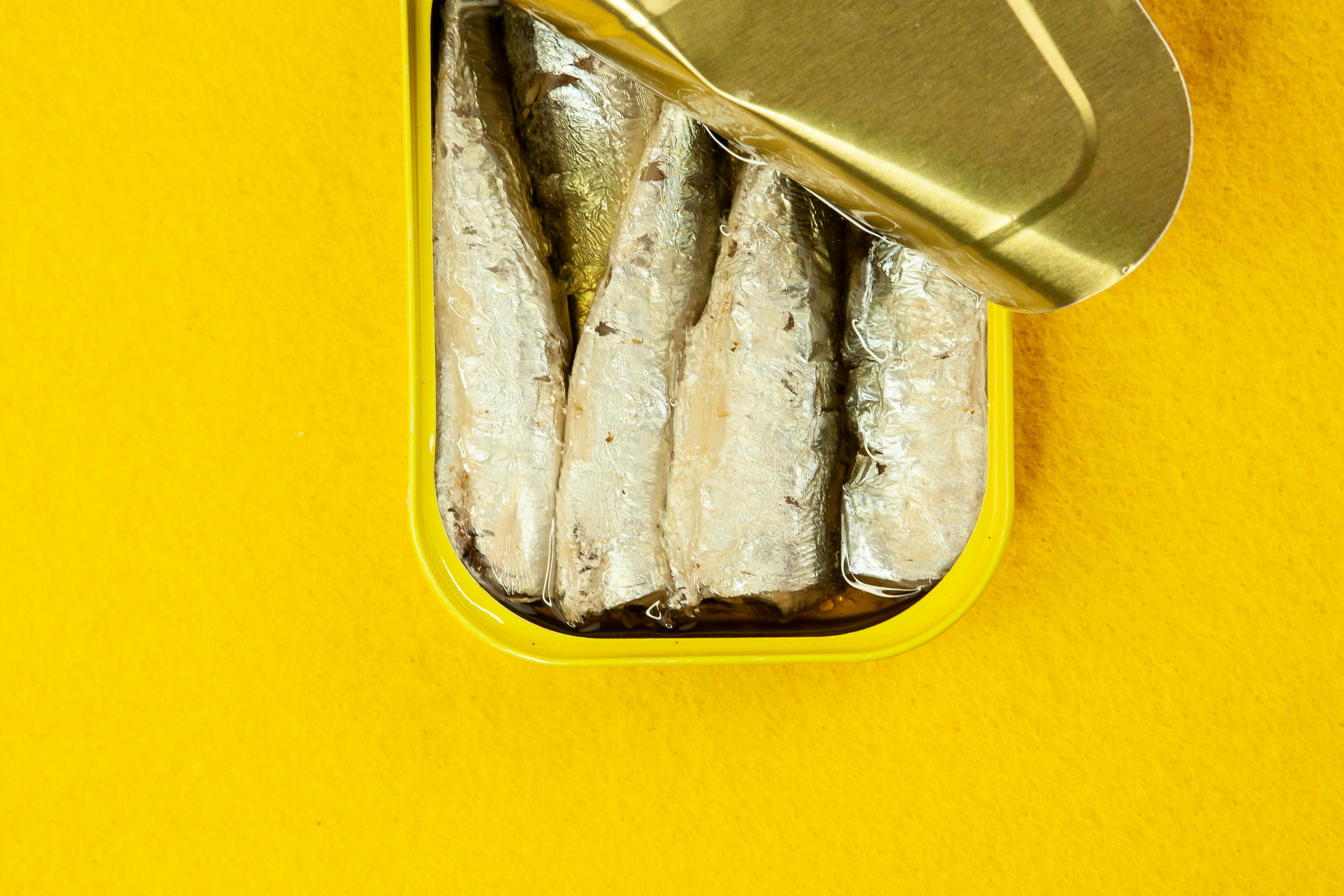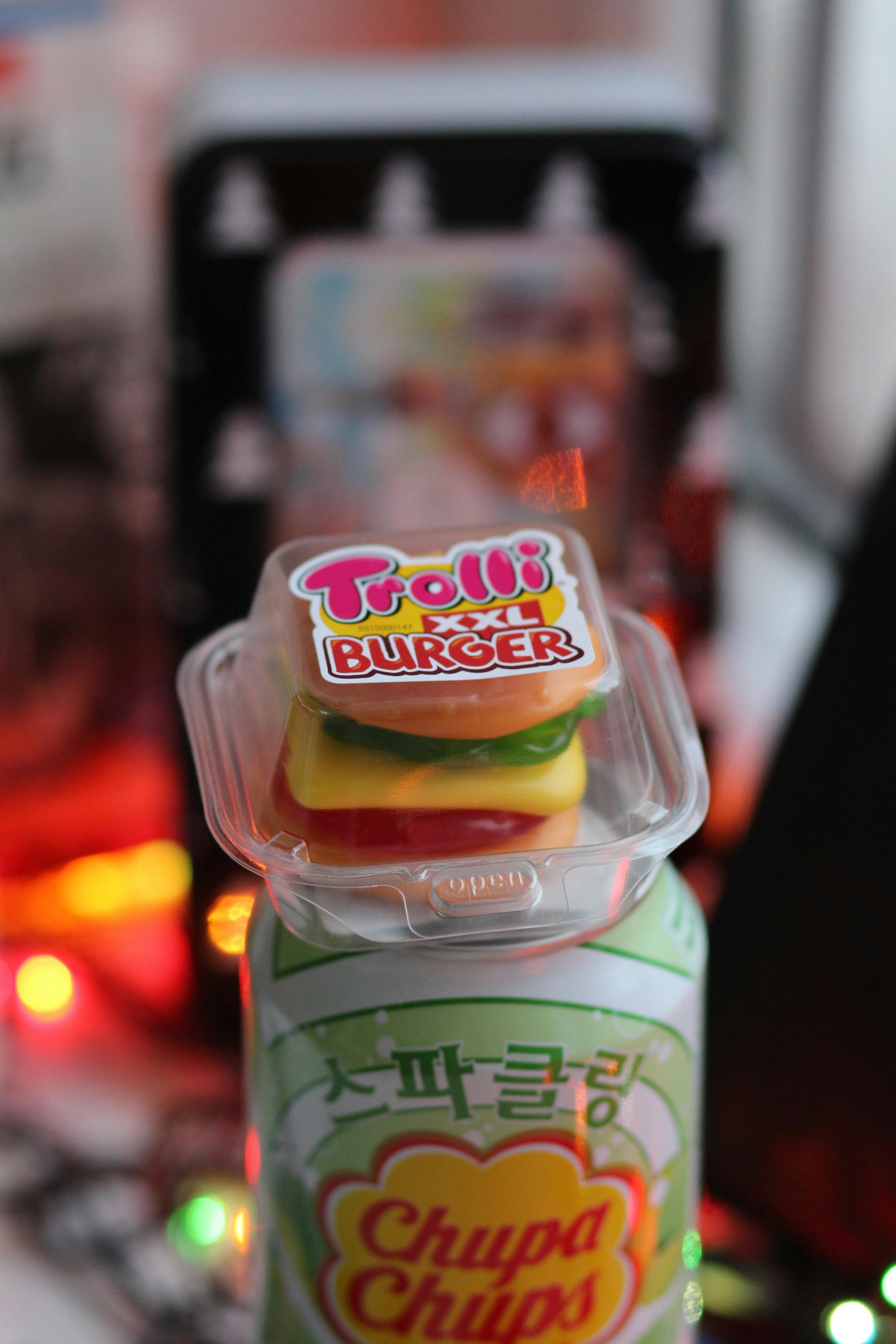Ants are some of the most industrious and adaptable creatures on the planet. They are able to survive in a wide range of environments, finding food and resources in places where other animals would struggle. One of the most remarkable abilities of ants is their ability to smell food through plastic.
Ants have a highly developed sense of smell. This is their primary means of finding food, and they can detect scents from miles away. While it may seem impossible for them to smell food through a plastic container, ants can actually pick up chemical signals that indicate the presence of food within the plastic.Yes, ants can smell food through plastic. Ants have an extremely sensitive sense of smell and can detect odors from a long distance. They are able to smell food through plastic because their antennae are sensitive enough to pick up scents even if the food is encased in a sealed plastic container.
The process of smelling food through plastic is known as “atmospheric odor tracking”. Ants use their antennae to pick up airborne odor molecules that escape from the plastic container and lead them to the source of the food. Once the scent is detected, the ants will follow it until they reach the food source.
In addition, ants can also detect vibrations that come from a sealed food container, allowing them to locate it even if there is no escape of odors. This means that even if you try to keep your food away from ants by storing it in a sealed plastic container, they may still be able to find it due to their sensitive senses.
Contents
Characteristics of Ant Olfaction
Ants rely on their sense of smell to locate food and identify potential dangers. The olfactory organs of ants are located in the antennae, which is why they use their antennae to detect scents. Ants have a remarkable ability to differentiate between different smells and can even remember them for long periods of time. This allows them to navigate towards food sources and identify potential threats.
Ants have a wide range of olfactory receptors, which allow them to detect a variety of odors. They can distinguish between odors that are similar in strength but different in composition, as well as odors that vary in strength but have the same composition. In addition, ants can detect odors from up to several meters away and use this information to determine their direction or distance from the source.
The sense of smell is not only used for navigation, but also for communication between ants. For example, when an ant finds a food source it will release a pheromone scent trail that other ants can follow back to the food source. This allows the colony to share information quickly and efficiently.
The olfactory system of ants is also used for defensive purposes, as they can detect chemical signals that indicate the presence of predators or other dangers. Certain species of ants even produce chemicals that disguise their own scent so they cannot be detected by predators.
Overall, ant olfaction is an incredibly complex and sophisticated sensory system that allows them to navigate their environment effectively and communicate with one another efficiently.
Plastic Materials and Their Impact on Smell
Plastic materials play an important role in the production of goods and services. They are used for various purposes, from packaging to medical applications. However, one of the most significant drawbacks of plastic materials is their potential to cause smells. This is because plastic is a synthetic material that has a strong chemical odor which can be quite unpleasant.
The smell of plastic comes from the chemicals used in its production process, such as polyvinyl chloride (PVC). These chemicals can react with other substances in the environment and produce odors that are unpleasant to humans. Additionally, the manufacturing process itself may also produce odors due to heat and pressure used during production.
The smell of plastic can be further exacerbated by its exposure to heat or light, which can cause the release of more chemicals into the air. This is why it is important to store plastics away from direct sunlight or high temperatures. Additionally, it is important to keep plastic containers tightly sealed so that odors do not escape into the air.
There are several ways to reduce or eliminate odors caused by plastic materials. One way is to choose plastics that are specially designed for use in areas where smell reduction is important, such as food packaging or medical applications. These plastics may include additives that help reduce or eliminate unpleasant smells. Additionally, certain types of plastic may be treated with special coatings that help reduce odor-causing compounds from being released into the air.
Finally, it is important to properly dispose of any plastic materials that have been exposed to odors in order to prevent them from contaminating other items or surfaces. This can be done by using a sealable bag or container and disposing of them in an appropriate area away from people and pets. Taking these steps can help reduce any potential effects that smells can have on our health and well-being.
Overall, while plastic materials are useful for many purposes, they should be properly handled and stored in order to avoid any unpleasant odors they may produce. By choosing odor-resistant plastics where appropriate and taking steps such as proper disposal when needed, we can help ensure our health and safety while still making use of these versatile materials.
Different Types of Plastics and How They Affect Smell
Plastics are ubiquitous in our daily lives, from packaging to consumer products and beyond. But not all plastics are created equal. Different types of plastics can have different effects on the smell of the items they contain. This can range from a slight change in odor to a complete change in the scent of whatever is contained inside. Here, we will explore the different types of plastics and how they affect smell.
Thermoplastic Polymers such as polyethylene and polypropylene are used in a variety of applications, including packaging and food storage containers. These plastics are generally odorless, but may absorb other smells. When exposed to strong odors, these polymers may take on a faint smell that is similar to what was originally present.
Polyvinyl Chloride (PVC) is another type of thermoplastic polymer that is common in packaging and other consumer products. PVC has a very distinct chemical odor that is often described as pungent or sweet smelling. It can also absorb other odors over time, making it difficult to detect any other smells associated with whatever it was containing before exposure to PVC odorants.
Thermoset Polymers such as polyurethane and epoxy resins are used for structural materials like pipes, coatings, adhesives, and molded parts. These materials do not typically take on any particular smell; however, they can absorb odors that are present in their environment over time.
Finally, thermoset elastomers such as rubber or silicone can be used as seals or gaskets for containers or other objects that need to be airtight or waterproofed. These materials have no particular odor but may absorb odors from other substances with which they come into contact over time.
Overall, there are many different types of plastics available for use in consumer products today, each with its own unique properties when it comes to odor absorption and retention. Understanding how these materials interact with smells can help you choose the right material for your application and ensure your product remains fresh-smelling for years to come!
Is It Possible for Ants to Detect Food Through Plastic?
The short answer is yes. Ants have the ability to detect food sources through plastic packaging. This is because ants have an incredible sense of smell, which allows them to pick up scent molecules from the air and trace them back to their original source. In addition, ants also possess a sense of vibration, which enables them to detect the movement of food or other objects even when they are hidden behind a barrier like plastic.
Therefore, when it comes to detecting food through plastic packaging, ants are able to do so by using both their sense of smell and vibration. For example, if an ant were to encounter a package with food inside it, they would be able to detect the scent molecules emanating from the package and trace them back to their source. Similarly, they could also feel any movements inside the package and use that information in order to determine what type of food is present.
In summary, it is possible for ants to detect food through plastic packaging due to their advanced senses of smell and vibration. This allows them not only to find food sources but also distinguish between different types of foods by picking up on subtle differences in scent or movement.

Factors That Impact the Ability of Ants to Smell Food Through Plastic
The ability of ants to smell food through plastic is impacted by a variety of factors. The most important of these is the type of plastic material itself. Different types of plastic have different levels of permeability, which can affect how easily odours are able to pass through them. For example, polyethylene and polypropylene are both highly impermeable materials, while polyvinyl chloride (PVC) is much more permeable.
The thickness of the plastic also plays a role in how easily odours can pass through it. Thicker plastics are generally less permeable than thinner plastics, so ants may have a harder time smelling food through thicker materials. Additionally, certain chemicals may be used to make plastics more or less permeable to certain compounds. For example, some plastics are treated with flame retardants that can make them less permeable to odours.
Finally, the physical structure of the plastic itself can impact its ability to transmit odours. If a plastic has a lot of ridges or crevices on its surface, it may be more difficult for odours to pass through it than if it were smooth. This is because these ridges and crevices can trap particles and prevent them from moving freely across the surface.
In summary, the ability of ants to smell food through plastic depends on several factors including the type of plastic material used, its thickness, and its physical structure. By understanding these factors and choosing appropriate materials for their needs, people can improve their chances of successfully using ants for scent detection tasks.
Ability of Ants to Smell Through Plastic
Ants have an impressive sense of smell that helps them find food, survive in their environment, and communicate with one another. One of the most fascinating aspects of their ability to smell is their ability to do so through plastic. Scientists have studied how ants can detect smells even when the odors are enclosed in a plastic container.
The main way ants are able to smell through plastic is by using their antennae. Ants have long, thin antennae that they use to detect odors in the air. The antennae are covered with tiny hairs called sensilla, which help them pick up on different scents. When an ant encounters a scent that it finds interesting or attractive, it will move its antennae around until it can identify the source of the odor.
When an ant encounters a scent that is enclosed in a plastic container, it will use its antennae to detect the odor molecules on the surface of the container. This process is called “contact chemoreception” and it allows ants to detect odors even when they are inside a closed container. This means that even if an ant can’t physically get into a container to investigate what’s inside, it still has the ability to pick up on certain scents and determine whether or not there is something interesting or attractive inside.
Scientists have also found that ants can use their sense of smell to navigate back and forth between different locations. For example, researchers have observed ants leaving a food source and then finding their way back after being placed in unfamiliar terrain with only their sense of smell as guidance. This demonstrates how powerful their sense of smell really is, as they can remember scents from one place and identify them in another even after being moved away from their original location.
Overall, ants have a remarkable ability to smell through plastic containers due to their sensitive antennae and contact chemoreception capabilities. This allows them to locate food sources, find friends and family members, identify predators, and navigate back and forth between different locations using only their senses of smell as guidance.
Testing the Ability of Ants to Smell Through Plastic
Scientists have long been intrigued by the ability of ants to detect odors and pheromones from afar. This phenomenon has led to a number of experiments attempting to uncover the exact mechanisms behind their detection. One such experiment involves testing the ability of ants to smell through plastic. The hypothesis is that, if an ant can smell something through plastic, then it must be able to detect odor molecules that have made their way through the material.
To test this hypothesis, a team of researchers conducted an experiment with two groups of ants. The first group was given a container filled with food and placed inside a plastic bag. The second group was also given a container filled with food, but it was placed outside of the bag. Both groups were then allowed to explore and search for food for five minutes.
The results showed that the ants in the second group were able to find the food significantly faster than those in the first group. This indicates that the ants were able to smell through the plastic bag and detect odor molecules that had made their way through it. This suggests that ants may indeed be capable of detecting odors through plastic materials, though more research is needed to confirm this phenomenon.
In addition to this experiment, other studies have also looked into how ants use olfaction (smell) in order to find food sources or avoid danger. These studies have shown that certain species can detect extremely small concentrations of odor molecules, even when they are mixed in with other smells or substances such as dust or dirt particles.
Overall, it appears that ants are capable of detecting odors through plastic materials, providing further evidence for their impressive olfactory abilities. While further research is necessary before definitive conclusions can be drawn on this topic, this experiment provides an interesting insight into how these amazing creatures use their sense of smell in order to survive and thrive in their environment.

Conclusion
The research has shown that ants are able to smell food through plastic, even if it is contained in an airtight container. This is due to their ability to detect volatile compounds that are released from the food. However, the extent of their sense of smell does not seem to be as powerful as other insects such as bees or butterflies. The use of plastic can still be an effective barrier against ants if the container is completely sealed and if food smells are kept at a minimum.
Ultimately, it can be concluded that ants can smell food through plastic, but this sense may not be as effective as other insects. To prevent ant infestations, it is still important to store food in airtight containers and keep strong odors out of the house.





